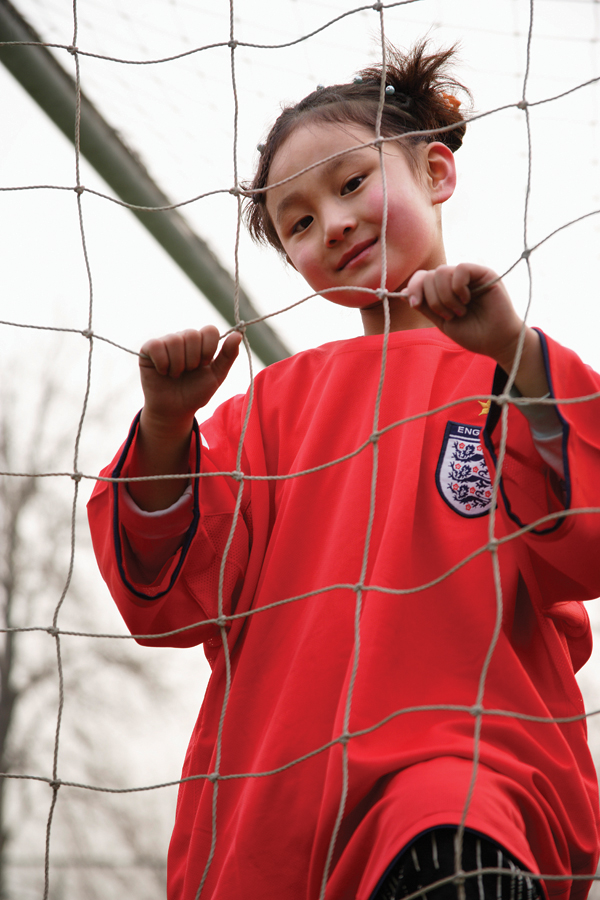248
| MIDDLE CHILDHOOD: |
| Body and Mind |

|

|
CHAPTER OUTLINE
Health and Sickness
Slower Growth, Greater Strength
Medical Care
Physical Activity
A VIEW FROM SCIENCE: Canadian Kids Get an “F” in Physical Activity
Health Problems
Cognition in Middle Childhood
Piaget and Middle Childhood
Vygotsky and Middle Childhood
Information Processing and the Brain
Language Advances
Vocabulary
Adjusting to the Context
Teaching and Learning
Schools Around the World
Education In Canada
Measuring the Mind
Children with Special Needs
Attention Deficit Hyperactivity, Bipolar, and Disruptive Mood Dysregulation Disorders
OPPOSING PERSPECTIVES: Drugs for Children
Specific Learning Disorders
Autism Spectrum Disorder
Special Education in Canada
249
WHAT WILL YOU KNOW?
- Why have child obesity rates skyrocketed over the last 20 years?
- Why are math concepts difficult at age 4 but much easier at age 8?
- What is the most effective way to teach a child a new language?
- Are schools in Canada similar to schools in other nations?
- What causes a child to have autism spectrum disorder?
During one of our Christmas holidays, my oldest brother, Sam, brought his family from Nevada to our home in Brampton, Ontario. Sam’s 10-
My youngest brother, Andy, had heard about David’s growing skill at chess. Andy was in his 30s at this point and took great pride in his chess abilities. This led him, on the last night of the holidays, to challenge his 10-
Everyone gathered around the kitchen table to watch the game unfold. Young David seemed to employ an odd strategy, moving his line of pawns to create a zigzag pattern on the board.
“What’s he doing?” someone asked. Andy, the boy’s opponent, just shook his head and laughed.
“Nothing,” he said. “It doesn’t mean a thing.”
But a few minutes later, David respectfully announced “Checkmate,” stunning his uncle and the rest of us.
Convinced the first game was a fluke, Andy demanded a rematch. When David declined, his uncle insisted.
“One more game,” he said. “And if you beat me again, I’ll call you ‘Chess Master.’”
So they played again with the same result: The 10-
—Susan Chuang
250
THIS CHAPTER DESCRIBES NOT ONLY THE ADVANCEMENTS OF children’s cognitive abilities during middle childhood, but also other developments such as health and language. There are similarities among children, but also differences—